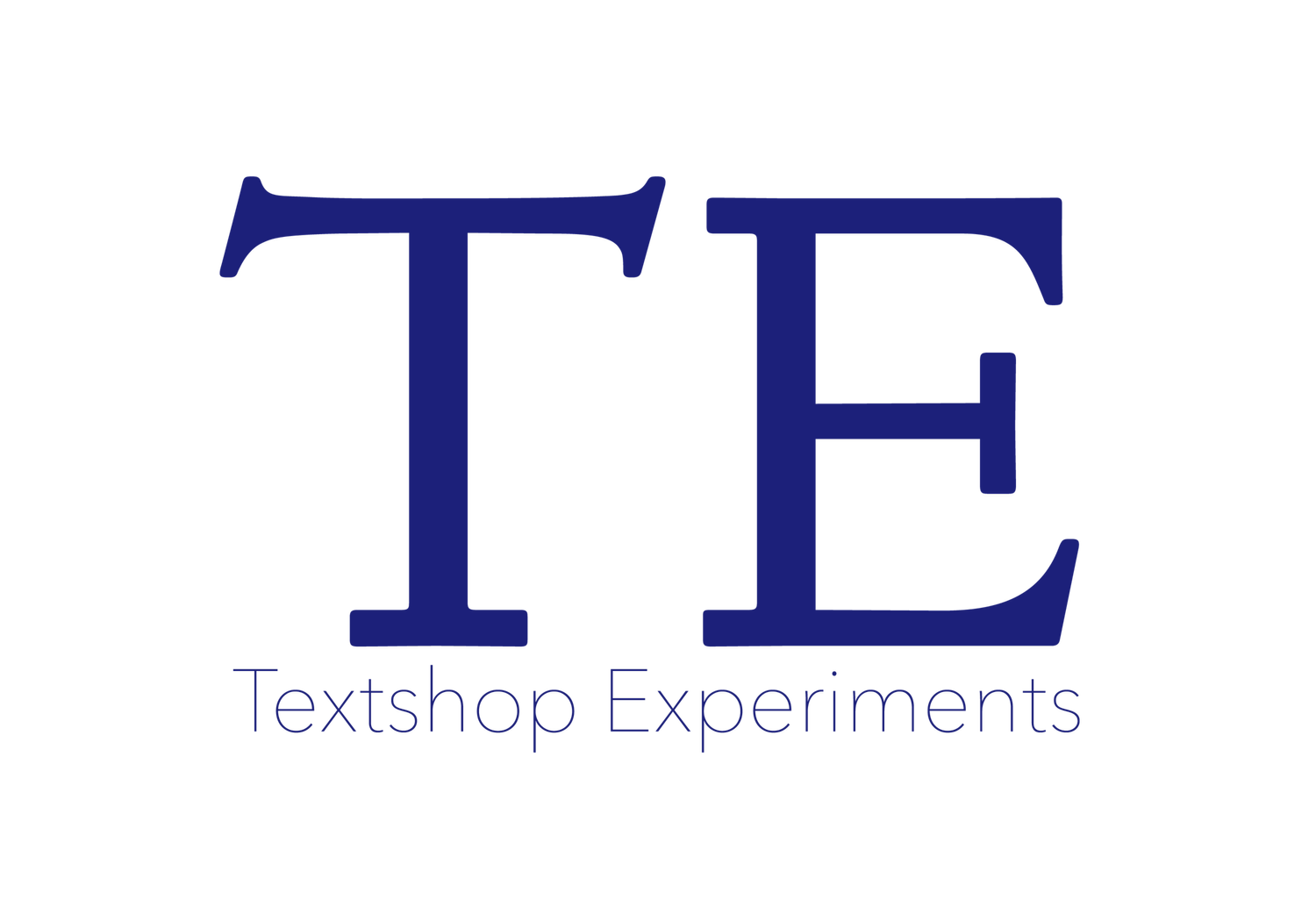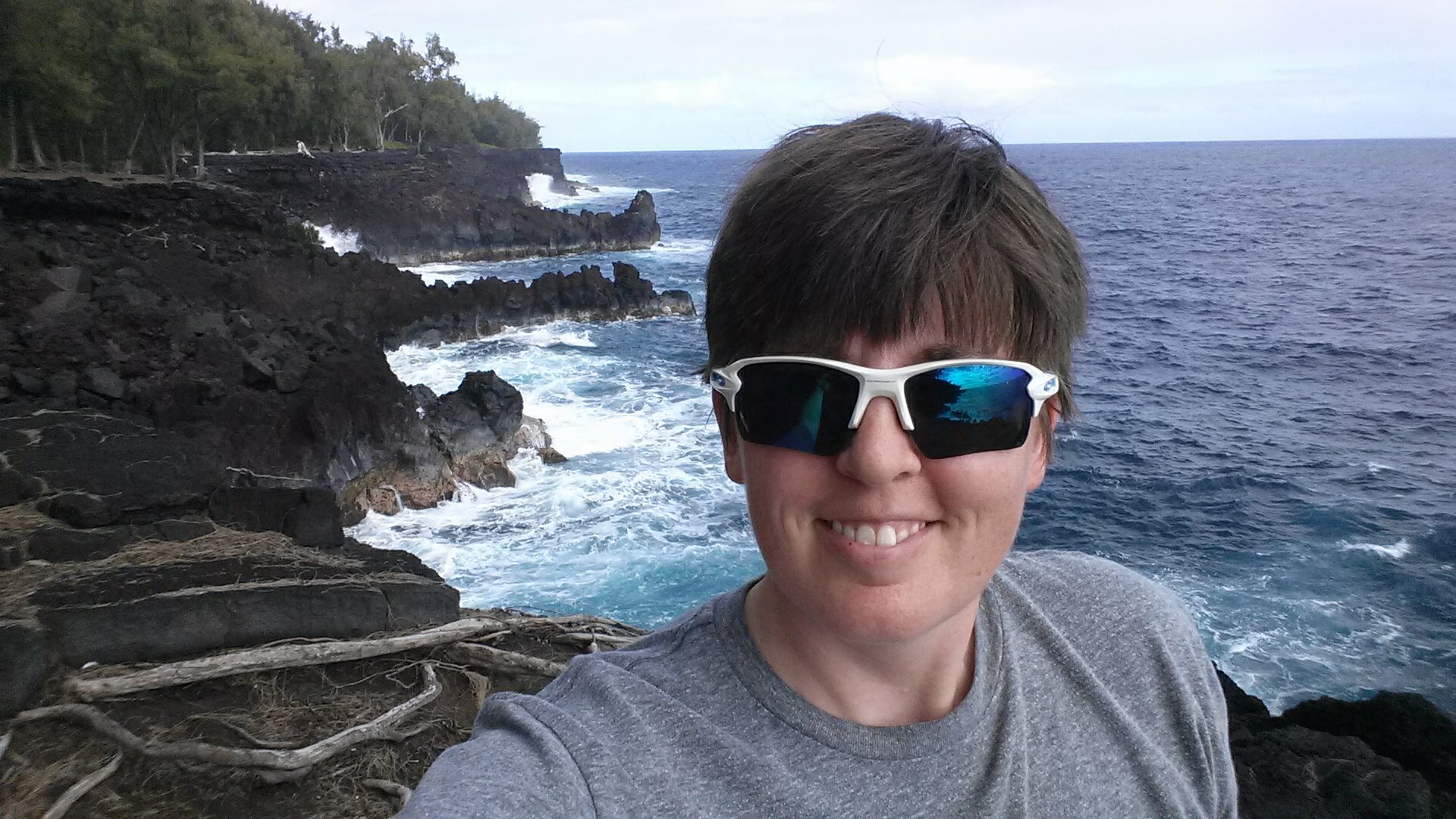When is Good Enough Good Enough?
Let Students Decide: Supporting Student Choice in Emergency Pedagogy and Beyond
Joy Santee
Joy Santee is an Assistant Professor at the University of Southern Indiana where she teaches courses in Professional Writing and Rhetoric. Prior to that position, she co-created the Writing Studies program at Utah Valley University and the Professional Writing and Rhetoric program at McKendree University, where she also served as Director of the Writing Center and Coordinator of Writing Across the Curriculum. Her research focuses on multimodal pedagogies and rhetorics of cartography. At the end of the Spring 2020 semester, she renovated her camper van/office space in anticipation of needing it to function more as an office than camper for the next several months due to impacts of COVID-19.
In March 2020, The Great Disruption upended our lives. It should have upended our pedagogical practices, too, to account for the personal, professional, social, academic, familial, and mental challenges brought on by the pandemic. The pivot to remote learning in my Technical Writing class came at a difficult time in the semester, a time when, in the normal course of things, I would rely on frequent, informal in-person interactions with students to help them develop ideas for their final projects and give them just-in-time feedback during each class period to facilitate progress.
My own struggles with an 8-year-old laptop and a webcam that worked only intermittently made it easy to empathize with some of the technical challenges my students would face as they shifted to remote learning, but I found it important to imagine other factors that could threaten their success, anticipate their impacts on my students’ work, and redesign the course so it would be as accessible as I could make it. While I’ve never ignored disability access, I was trained in a model focused on accommodation, with all its disclosures, legalese, and associated indignities. The needs of disabled family members and prior students as well as research from my field attuned me to certain types of access needs. But each semester I’ve learned more, and each semester I make changes to policies, practices, and assignments to support a pedagogical model of accessibility rather than accommodation. I’m still learning and still trying to do better, but the Great Disruption provided a push to implement broader accessibility practices, including giving students more agency in their learning.
In particular, I knew some of my students would struggle with mental health issues brought on by isolation or the sudden relocation out of campus housing and its supportive environment. Some would lose jobs. Some would be asked to work overtime in grocery stores or health facilities. They would be taking care of younger siblings and sharing computers with them, searching for public wifi in unconnected rural areas, and wondering how they were supposed to finish the semester. Or why school even mattered right now. Upholding some ideal of “rigor” in a pandemic seemed just plain stupid to me. Insensitive at best. Oppressive for some. Unjust for the most vulnerable. So I let my students decide when enough was enough by letting each of them determine the end point for their final project to help account for issues of access related to the pandemic and its impact on students’ lives.
Technical Writing is, in large part, about revision--about getting input from stakeholders and users and incorporating all that into documents. By the time of the Great Disruption, my students had practiced revision on everything from small in-class assignments to more substantial documents in specific technical writing genres. Their final project, undertaken through the last month of the semester, was one they determined themselves--from the audience to the genre to the evaluation criteria. Designed to help students combine knowledge and practices from previous assignments, the final project asked students to create technical communications that fulfilled a professional or community-based need that they identified. This project normally goes through many revisions as students analyze their audiences, focus their purposes, get regular feedback from me and peers, and apply learning from earlier modules in the semester to create progressively more sophisticated versions of their documents. But in the time of emergency pedagogy, I decided to trust students to know when it was best for them to stop investing in that revision process.
As students drafted during those last weeks of the semester, I provided numerous opportunities for feedback, but once they had a completed draft, I provided a placeholder grade based on that draft. Then, I let students decide whether they wanted to continue with revisions based on my feedback or take the placeholder grade as their final grade for the project. I helped them calculate whether investing significant time in revision could lead to a better grade for the course or whether they’d already met the minimum passing requirements if they were planning to select the Pass/No Pass grading option offered by our university. Something like 80% of my students decided NOT to do final revisions. Some had been motivated by my announcement outlining the possibility of not revising and turned in fantastic drafts that earned them an A for the course. Some had decided that the Pass option was right for them and did just enough to hit that target. Some decided that a B was good enough even though an A was in reach. Whatever they chose, I supported their decision without requiring an explanation.
At this point, I anticipate some criticism for focusing on grades rather than learning and for helping students do the minimum to meet their own goals instead of pushing them to do more. But in the midst of a life-altering pandemic, they all had better things to do than worry about this gen ed class. By giving them the agency to determine when enough was enough, I was giving them a little bit more control over a situation that felt totally out of control by giving them information so they could make informed decisions about their own time investments both in and beyond this class. In this, I was working toward a model of access rather than accommodation because this approach didn’t require them to disclose their challenges or justify their decisions.
As I prepare for the uncertainty inherent in the upcoming semester, I’m considering how to more thoughtfully incorporate this kind of student choice, particularly in times of elevated stress, whether that stress is individual or communal. My approach to revision in this class worked because of well-scaffolded assignments that allowed students to practice aspects of the tools, skills, and mindsets to succeed in the final project well before they started on it. While their final products may not have been as polished as if they’d gone through more rounds of revision, they had already achieved the course outcomes earlier in the semester, enabling this kind of flexibility at the end, so I plan to continue scaffolding assignments in a way that facilitates both learning and access while remaining responsive to student needs during crisis.
My hope is that the Great Disruption will help us all build more accessible practices into our pedagogies. Perhaps it will even help us account for differences in students’ goals in our classes. And while, as I write this, states are rushing to return to “business as usual,” perhaps we should never return to “business as usual” in our classrooms.



